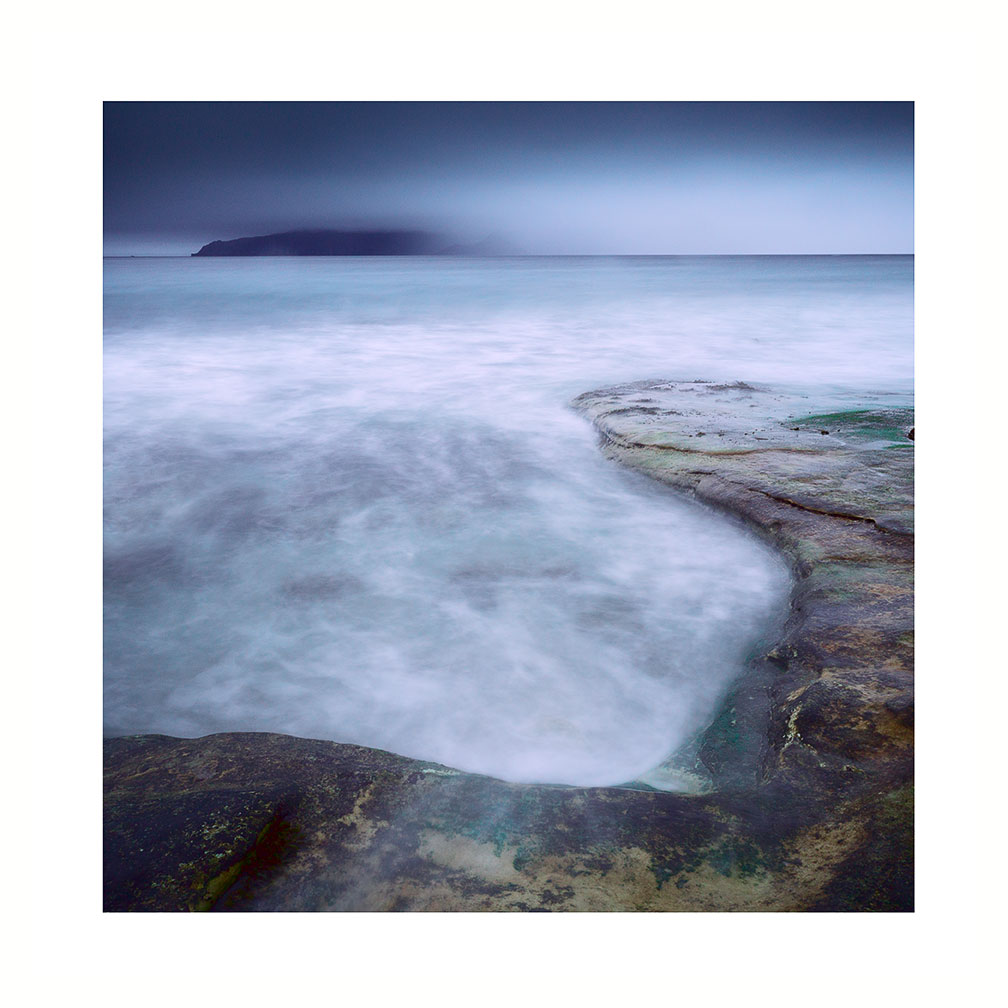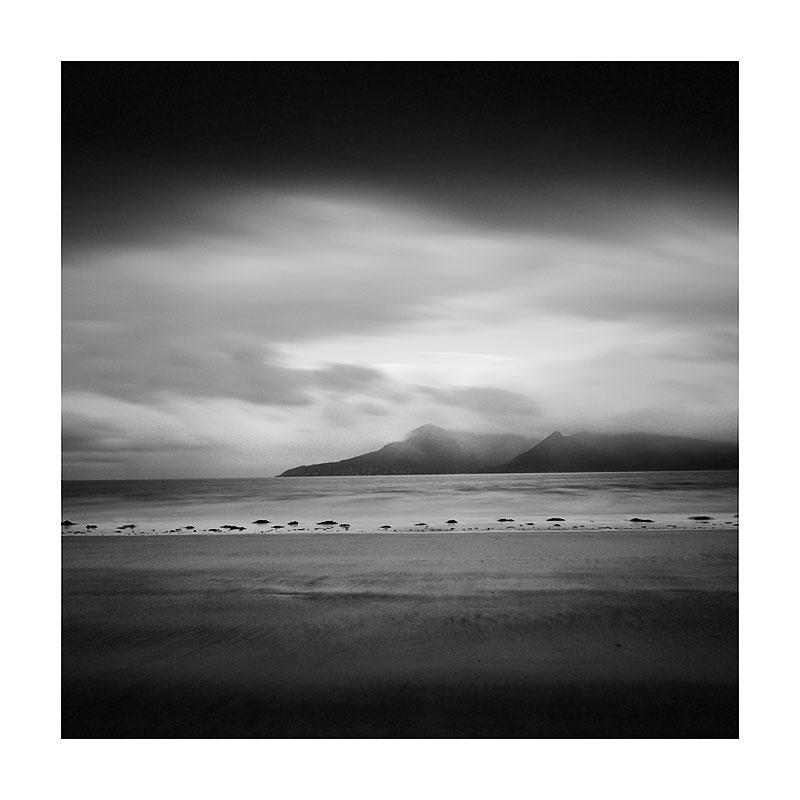It has become increasingly apparent to me, that RAW files are more saturated and punchy than they used to be. When I look back at the RAW files that came out of camera's a decade ago, they were very neutral in colour. That is not the case now.
Shot on Fuji Velvia, which comes with pre-programmed colour, punched in for me by Fuji.
I know this film is highly-unrealistic. It's why I use it. But if I were to shoot RAW, I would expect to have the colours as neutral as possible so I can choose my own colour programming.
I was reading the online photographer only a few days ago while I tried to get my head around the reasons for why this is so. Specifically this article. It seems that RAW was never truly RAW and there has always been a degree of processing involved as camera manufacturers try to get the best out of their sensors. For example, many camera manufacturers apply tonal curves to try to get more DR out of their sensors, and they also apply their own calibration for ISO.
I used to think that ISO was a global standard. One where if you set the ISO of all cameras the same, and give them the same amount of light, the exposure would be the same for all cameras. This appears to not be the case as this article also explains. To utilise the best response of a digital sensor, camera manufacturers set their own sensitivities for their sensors to give the most pleasing result.
So there has always been a degree of pre-processing done at the capture stage. RAW is not RAW in this regard. But it goes further than that. I have noticed that many RAW files these days have saturated colours that don't correspond to the real world.
I have been advising participants to shoot their cameras on 'Daylight white balance' for years, because that is what all colour film is balanced for. In the days of film only, we would always shoot a daylight balanced film for landscape photography. Daylight balance means we retain the colour casts apparent at sunrise and sunset.
Auto-White-Balance, on the other hand, tunes them out.
Well, It used to be the case that Auto-White-Balance would attempt to tune out colour casts to make everything look like it was shot in the middle of the day. Sunrise and Sunsets would lose their colour as the AWB attempted to tune out their lovely colour casts to make everything look like daylight, and additionally, twilight shots would lose their blue hue as they were transported to become middle of the day shots. This is not what we want as landscape photographers. We wish to have these colour casts as they are one of the reasons why we get up early in the morning to shoot.
However, this logic doesn't seem to be working with some of the more recent sensors. I am seeing cameras like the Fuji XT2 oversaturate their files. Setting the white balance to daylight does not improve the situation as the saturation is now applied to a different colour temperature and the file looks funky. In fact the XT2 seems to look better if one leaves it on Auto White Balance, because it's the only thing that tames down the over-saturation of the files.
If I choose to set it to Daylight Balance, so I can re-introduce those lovely colour casts that sunrise and sunset offer, I find I need to desaturate the colour by about -40 in ACR to make them look more natural, less Dysney. That never used to be the case with RAW files.
I'm sure that Fuji are not alone with this approach and I would hazard a guess that most camera manufacturers are souping up their RAW files to give more instantaneous pleasing results.
I guess it depends what we want, and what we all think RAW should provide?
For me, I had assumed that RAW would mean that the camera would try to record a neutral rendition of what is there. I realise there has to be a degree of interpretation to do this, and also, that manufacturers have to take some decisions in order to get the best out of their sensors.
I think it's gone beyond this. We are now seeing camera manufacturers give us their own 'look' to the RAW files. Whether that is a good thing or not remains to be seen. Personally, I've always felt that RAW files were too flat, too neutral and that colour manipulation is not something most of us are good at, so leaving it up to us to do that work would result in some very ugly over-processed images (the web is full of very overly processed files). So I think it might be a good thing. Buying a digital camera for its 'look' is just the same as buying film for its 'look'. If Fuji are going to soup up their RAW files to give a more pleasing result, then perhaps that is something to take into account when you buy their cameras: perhaps you buy them because you like the look of their RAW files? Rather than buying it because you assumed RAW was an honest, neutral rendition of what is there.
So I guess I'm wondering: if RAW isn't really RAW, then what is it meant to be? If camera manufacturers are taking control of colour into their own hands and giving us souped up RAW files, is this a good thing, or should we be more in control of that?
RAW isn't RAW, but maybe that's ok?










